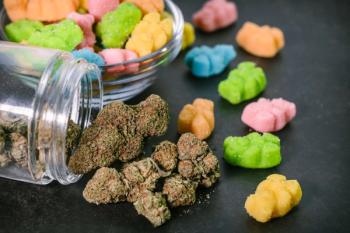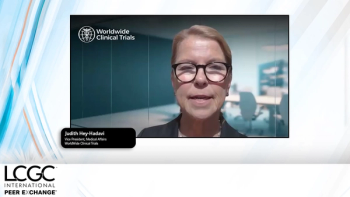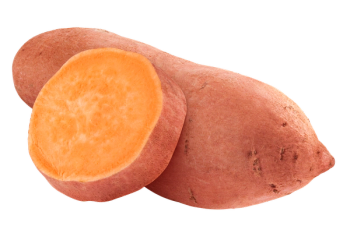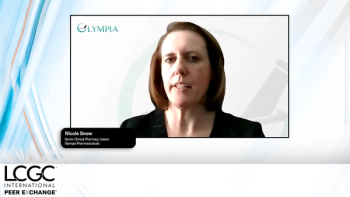
Scientists Combine Dynamic Liquid Phase Extraction with Nanoscale Volumes for GC-MS Analysis
Two scientists based in Taiwan have combined dynamic liquid phase extraction with nanoscale volumes for GC-MS analysis, scaling down the corresponding microscale procedure to what they claim is "the smallest amount of extraction phase and sample solution in [the] GC-MS."
Two scientists based in Taiwan have combined dynamic liquid phase extraction with nanoscale volumes for GC-MS analysis, scaling down the corresponding microscale procedure to what they claim is "the smallest amount of extraction phase and sample solution in [the] GC-MS." Hui-Fen Wu from the Department of Chemistry at the National Sun Yat-Sen University and Jyh-Hao Yen, who was affiliated to both the Center for Nanoscience and Nanotechnology at the same university and the Department of Chemistry at Tamkang University, named their process dynamic liquid phase nanoextraction, with the acronym DLPNE. It centers on the use of a nanosyringe of volume 500 nL, which defines the maximum volumes than can be employed. The principal advantages of DLPNE are the speed, ease of operation, simplicity, and low solvent and sample consumption. In addition, it requires no specialised instrumentation, simply a conventional nanosyringe. The small extraction volume may lead to some sensitivity issues for certain samples but the use of splitless injection during GC-MS analysis helps to raise the overall performance.
Newsletter
Join the global community of analytical scientists who trust LCGC for insights on the latest techniques, trends, and expert solutions in chromatography.





